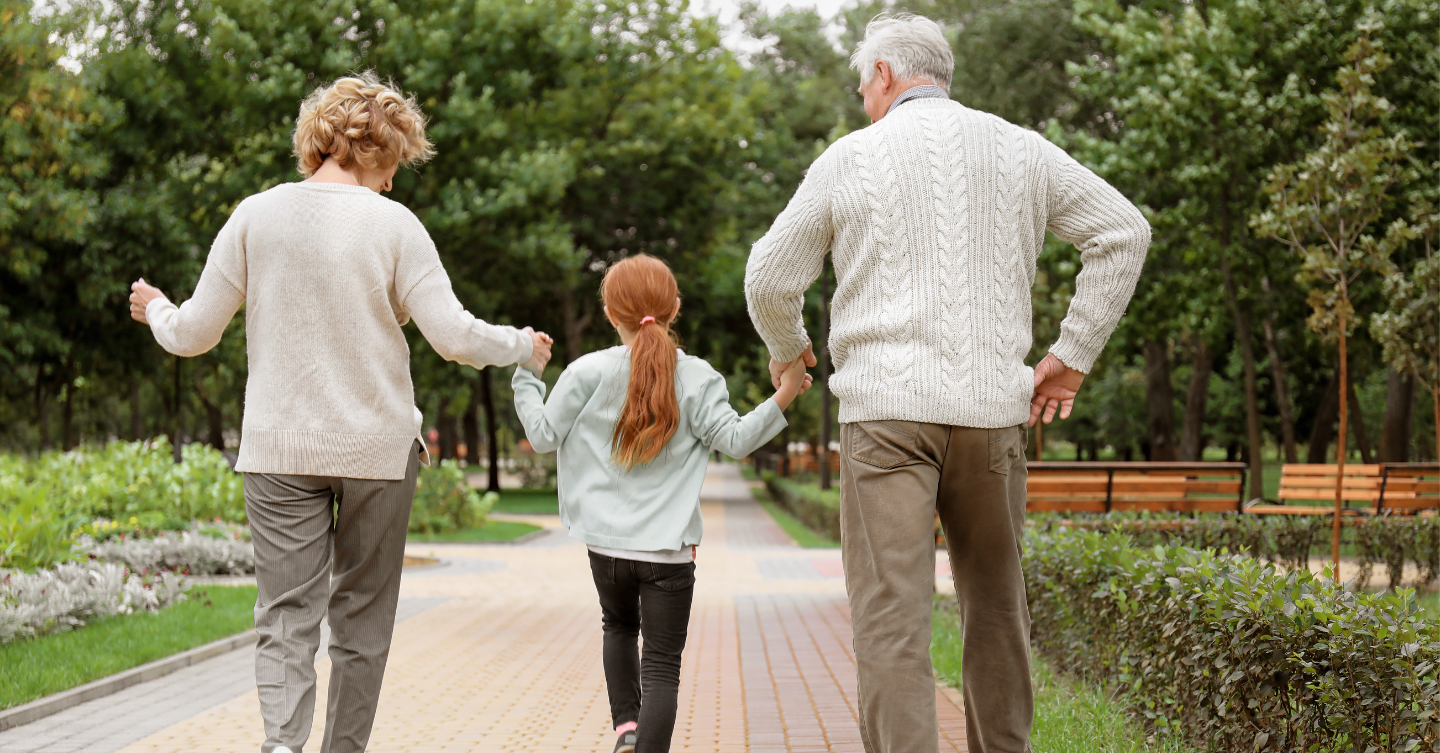Cities are more than buildings and roads; they are living ecosystems where people of all ages should feel they belong. Yet too often, urban spaces are designed with a narrow focus — either for children, young professionals, or the working-age population — leaving out the needs of the elderly and, sometimes, even the youngest. An age-positive city challenges this by designing spaces that connect generations instead of dividing them.
Why Intergenerational Spaces Matter
Intergenerational design strengthens communities by encouraging daily interaction between age groups. Imagine a park where a playground sits alongside fitness equipment for seniors, shaded benches for grandparents, and open lawns for families. These spaces do more than provide recreation: they foster empathy, reduce isolation, and help younger generations understand the value of aging with dignity.
Global Examples to Inspire
- Singapore’s Intergenerational Playgrounds pair children’s play areas with senior-friendly exercise stations. The result: grandparents and grandchildren share quality time while staying active.
- Barcelona’s Superblocks reclaim car-dominated streets, transforming them into plazas where families, students, and seniors gather in traffic-free zones.
- Tokyo’s “Kodomo Shokudo” (Children’s Cafés) invite retirees to cook meals for children, bridging nutrition, care, and community.
The Design Principles
- Accessibility first: safe sidewalks, ramps, and easy-to-read signage.
- Diversity of use: spaces that work for a toddler’s play, a teenager’s hangout, and a retiree’s morning walk.
- Green and safe: trees, lighting, and open sightlines for comfort and security.
- Flexibility: movable furniture and modular designs allow spaces to adapt as community needs change.
Beyond Parks: A Citywide Mindset
Building age-positive spaces is not just about playgrounds and parks. It’s about transit systems with priority seating, libraries that host both coding classes for teens and storytelling hours for seniors, and housing developments where multi-generational living is encouraged. When designed with all ages in mind, cities become healthier, safer, and more sustainable.
From playgrounds to senior parks, the future of urban design lies in creating cities where every generation finds joy, purpose, and belonging. Age-positive, sustainable cities are not a luxury — they are the blueprint for resilient, humane urban futures.



No responses yet